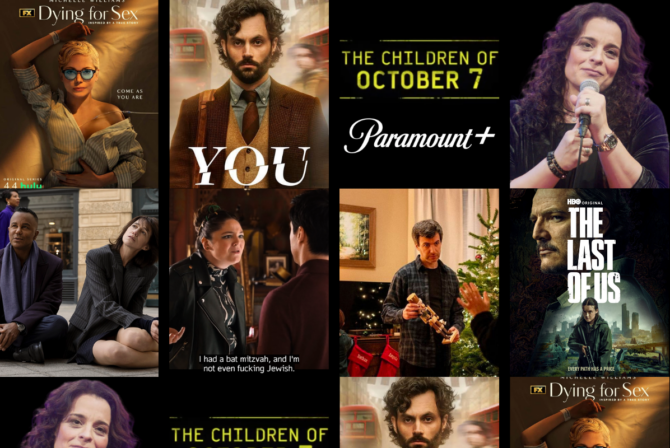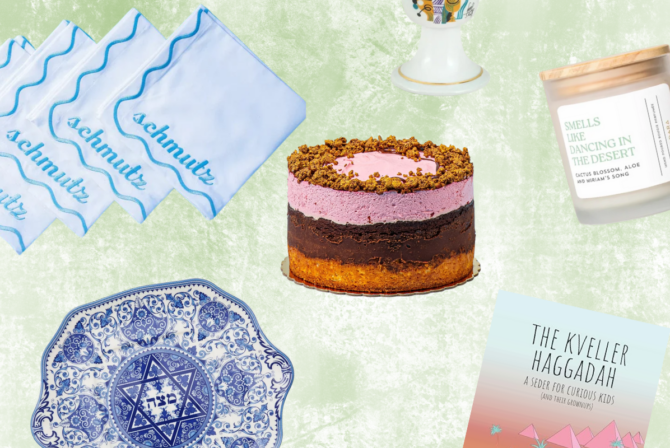I was all alone in the house when I heard a strange whirring sound being emitted from the glass jar on the window ledge. Then, I witnessed something that I’ve never forgotten in all the years since. I watched life—and death—occurring in a glass jar.
My 6-year-old son, Michael, had found the small green caterpillar outside and immediately created a home for it in a glass jar with some leaves.
“Look, Mommy,” Michael exclaimed excitedly. “This caterpillar is going to make a cocoon and then it will turn into a real butterfly. I learned all about it in school.”
Smiling at his enthusiasm, I wondered if it really would happen. We’d had caterpillars before, and a few had actually spun cocoons, but none had ever emerged as butterflies. But this caterpillar was clearly different; it didn’t waste any time. By the very next day, it was starting to turn white and fuzzy, and did indeed spin a tiny cocoon.
READ: The Jewish Take on Donating Organs & Why My Dad’s Death Is a Gift
Michael felt thrilled and vindicated. “I knew he would, Mom,” he insisted.
Now, just when my husband had taken Michael and his two younger brothers for an outing, the miracle was about to happen. I felt regretful that my son was going to miss witnessing the experience.
The cocoon quickly split open, and the butterfly was ready to emerge. The strange whirring noise I’d heard was the sound of its new wings flapping urgently against the glass.
Carefully, I carried the jar outdoors and set it down on the grass. For a few moments, the butterfly struggled to be free. Then, incredibly, it stretched those pristine wings and joyfully flew upward, out of the jar, into the warmth of the welcoming air.
How very odd this experience of flying must have seemed. Yet the butterfly knew instinctively what to do and where to go. It quickly floated away, and I watched in awe until it disappeared into the spring sunlight.
Left behind in the glass jar was the discarded cocoon, worn-out and useless now, its purpose fulfilled. The caterpillar had ceased to exist. The newly created butterfly had begun its existence.
READ: Mayim Bialik: Mourning My Father’s Death
I remembered the butterfly again on the day of my father’s funeral. He had struggled for five painfully long weeks, slipping in and out of consciousness, becoming more and more remote. He had stopped recognizing us or responding when we talked to him or held his hand. Surrounded by his own cocoon of tubes and wires, breathing with difficulty through a respirator, my father grew more withered with each agonizing day, the bones of his face almost visible beneath the translucent skin.
His soul eventually left his emaciated body in the middle of the night after Tu Bishvat, and his funeral took place the following afternoon. Somehow, everything about that day seemed unreal. Though I was shivering uncontrollably in the spring sunshine, my tears did not come. All I could think of was another deeply significant moment of my life, when I gave birth to Michael, my father’s first grandchild.
In the delivery room, as he struggled to be born, I’d thought, This isn’t really happening—it’s too vivid to be real!
Then, suddenly, my son was here and I was holding him, this tiny, brand-new person, looking into his alert, navy-blue eyes. “Where am I?” he seemed to be asking. “What is this place I have come to?”
How strange and unfamiliar this world must have appeared after the warm, watery cocoon in which he’d been sheltered for nine months.
READ: Allowing Myself to Sit After My Father’s Death
Birth and death—our journey’s start and end. How different, yet how similar they are. Death seems like such a fearful, final time to us, yet it is really no more than a stage of transformation from one form of existence to another.
I knew my father’s soul had emerged from its cocoon, its fragile, untried wings beating urgently with fresh, insistent life. And then it soared into the blueness of the new sky, toward heaven.







